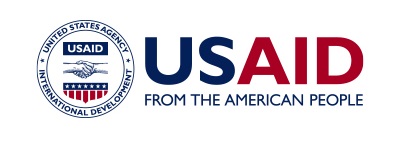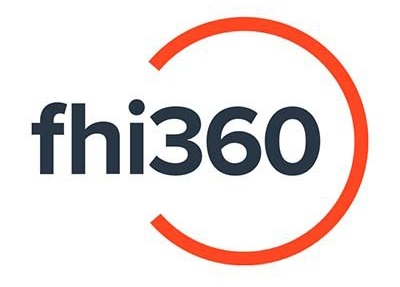According to local law, the Wolaita Kalehywet Church-Terepeza Development Association (WKHC-TDA) was founded in 1987 as a local NGO with a church-based foundation. Throughout the past few decades, WKHC-TDA has been implementing programs and projects that meet the physical and spiritual needs of underprivileged families and communities in Wolaita and the neighboring zones.
WKHC-TDA’s five-year strategic plan for the period that runs from 2023 to 2027. This strategic plan will underpin the major organizational decisions and long-term strategic priorities, including the growth and expansion of the organization’s programs and projects, over the strategic plan period.
The WKHC-TDA vision is to see poor women, men, children, and youth grow economically and socially empowered to reach their God-given potentials, and enjoy life with dignity in thriving and resilient communities in Ethiopia by 2030.
WKHC-TDA is a Christian humanitarian organization whose mission is to lay the foundation for a prosperous, just, and peaceful society in Ethiopia through working with the poor in sustainable and inclusive development, building resilience and capacities, and promoting justice, in partnership with communities and state and non-state actors.
The overall program goal of WKHC-TDA is to contribute to sustainable livelihood security of 80,000 poor and vulnerable households, directly focusing on women, children, and youth in target communities from 2023 to 2027, in partnership with the government, private businesses, donors, and likeminded organizations.
In addressing the needs of direct beneficiaries, there is a need to channel high intensity resources to targeted individuals or households over a considerable period of time. WKHC-TDA will also address the needs of 150,000 indirect beneficiaries over the strategy period.
In order to realize the overall program goal, WKHC-TDA will work towards meeting the following five strategic objectives (SOs) that will help to achieve its overall program goal, and one organizational effectiveness SO over the strategic plan period:
- SO1: Improve food and nutrition security of 28,000 households through strengthening resilience and economic opportunities by the end of 2027,
- SO2: Improve access and quality in primary and early childhood education to children from 22,400 poor and vulnerable households by the end of 2027,
- SO3: Improve access to health care and WASH facilities and services for 20,000 households by the end of 2027,
- SO4: Strengthen the capacities of poor families and children in 9,600 households to positively influence unjust systems, structures, practices and attitudes and promote peace by the end of 2027, and
- SO5: Improve organizational capacities for effective programming and strategy execution.
WKHC-TDA has identified and selected the following nine thematic areas that give scope to and guide the development and implementation of programs and projects over the strategic plan period:
- Agricultural production
- Natural resources management
- Economic Development
- Humanitarian Aid
- Primary Education
- Early Childhood Development & Care
- Health and Water, Sanitation and Hygiene (WASH)
- Promotion and protection of women and children's rights
- Policy advocacy and peace building
WKHC-TDA generally prioritizes the following populations as its program participants:
- Pregnant and lactating women and malnourished under five children,
- Unemployed youth (girls and boys), OVCs, malnourished children, and elderly people,
- Poor, vulnerable and marginalized women and men, with due focus on female headed households,
- Persons with disabilities, people living with and affected by epidemic diseases,
- Households and communities are affected by both natural and manmade disasters.
WKHC-TDA will continue to work in collaboration with government offices at various levels and donors, and engage with and empower target communities in order to achieve these strategic objectives and accomplish its mission, which will lead to the fulfilment of the organization’s vision in the years ahead.
In order to effectively execute the strategic plan, a total of 420.0 million Ethiopian birr, which is equivalent to US$ 6.3 million, is proposed to be mobilized and utilized over the five years of the strategy period. It is envisaged that the total direct program costs will account for 80% of the total budget, while the overhead costs are expected to be about 20% of the total proposed budget. 32% of the total budget will be allocated to food security programs, 22% to health and WASH programs, and 20% will be invested in education and child development programs. The remaining 6% is allocated to rights promotion, protection, and peacebuilding programs.
A total of 336.0 million Ethiopian Birr (or 5.0 million US dollars), which is 80% of the five-year budget, is expected to be financed through the generous support of donors, while the remaining 84.0 Ethiopian Birr (20%) or 1.3 million US dollars is envisaged to be generated from internal income sources that involve stashing and running social enterprises and small businesses in accordance with the law of the land.
Serving the whole person!
---------------------------------------------------------------------------------------------
Our funding partners
---------------------------------------------------------------------------------------------
|
|
|
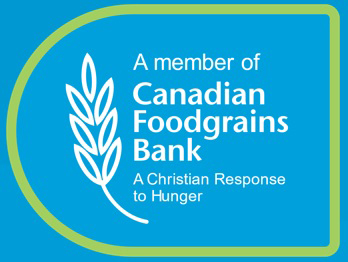 |
 |
 |
|
|
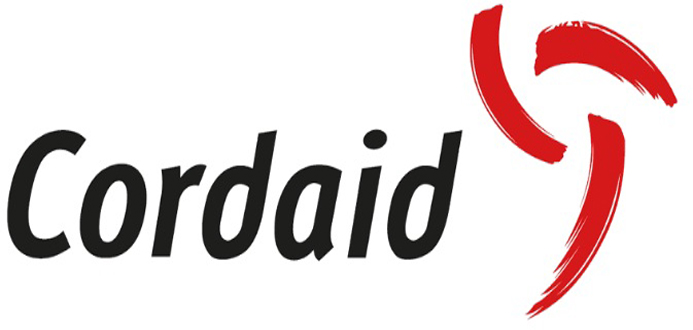 |
 |
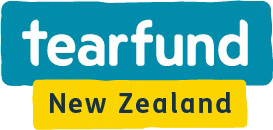 |
 |
 |
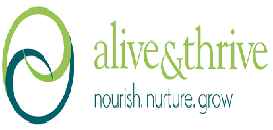 |
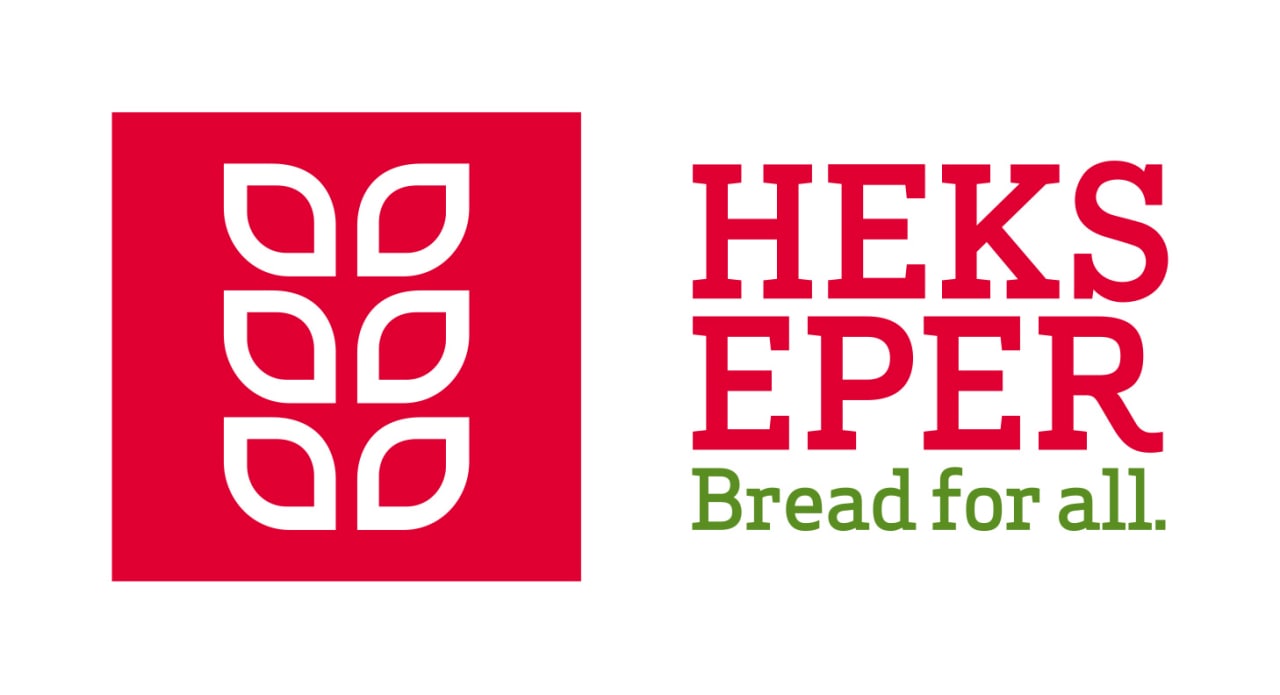 |
|
|




